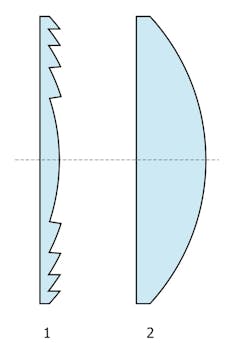Story by Tyler Rogoway • Yesterday
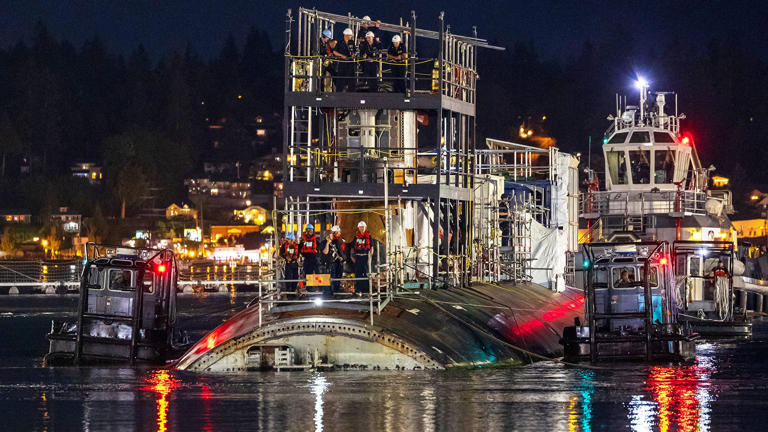
Badly Damaged Nuclear Submarine USS Connecticut Seen In New Images© USN
The Navy has posted new pictures of its Seawolf class nuclear fast attack submarine USS Connecticut (SSN-22), which was badly damaged when it struck a seamount while on patrol in the South China Sea on October 2nd, 2021.
In December 2021, the prized submarine limped back to its home port in Washington State, completing an arduous voyage across the Pacific while surfaced after a long emergency stop in Guam and another stop in San Diego.
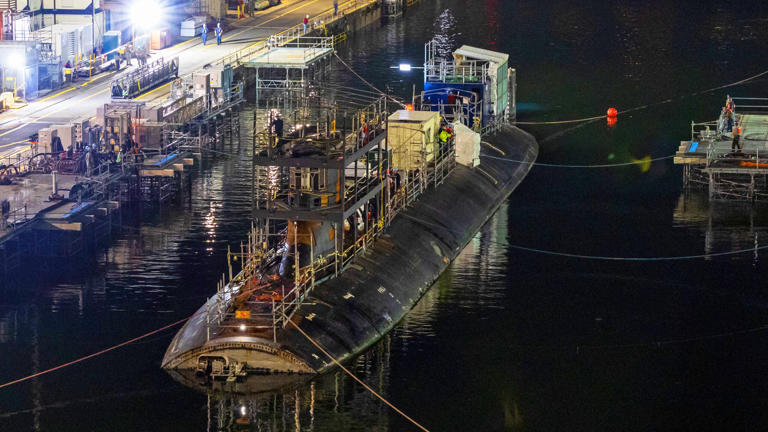
USS Connecticut (SSN 22) is docked for its Extended Docking Selected Restricted Availability July 12 at Puget Sound Naval Shipyard & Intermediate Maintenance Facility.© Provided by The Drive
USS Connecticut (SSN 22) is docked for its Extended Docking Selected Restricted Availability July 12 at Puget Sound Naval Shipyard & Intermediate Maintenance Facility. USN

Badly Damaged Nuclear Submarine USS Connecticut Seen In New Images© Provided by The Drive
Complicating the submarine's repair is an ongoing saga of badly needed seismic upgrades to the drydock facilities at the Puget Sound Naval Shipyard and Intermediate Maintenance Facility (PSNS & IMF) and at the nearby Trident Refit Facility in Bangor, Washington.
USN
The Navy release that accompanied the photos of Connecticut states:
"Construction efforts include drilling holes for the installation of anchors inside the dry dock walls to enhance structural integrity and ensure the safety of the workforce, community, environment, and submarines. The mitigation efforts updated existing emergency response plans to better address the chance of a catastrophic earthquake, along with improved early-warning employee notification systems in the dry docks.
Related video: US Navy's submarine fleet flooded with repairs (Straight Arrow News)Duration 2:50 View on Watch
Experts from private industry, Naval Sea Systems Command, Naval Facilities Engineering Systems Command and PSNS & IMF will continue to plan and implement the structural upgrades, with an eye on the Navy’s future needs and in support of the PSNS & IMF mission to deliver modern, fully-mission capable warships on-time, every time, preserving our national security."
You can read all about the relatively sudden move to seismically reinforce the drydock facilities — which are absolutely critical national assets with a major backlog of work — in this piece by our friends over at USNI News.
USN
As for the USS Connecticut, as the images show, her state remains relatively the same, at least in terms of what is visible, compared to when she arrived over a year and a half ago. Her sonar dome is still missing and, clearly, the boat has been idle for some time, with huge sections of its anechoic coating missing from its sail.
Major repairs to the submarine's bow, sonar, and other underside structure components will be challenging as the Seawolf class is long out of production. On top of that, just three boats were ever built, with one being a heavily modified sub-type in its own right, the highly secretive USS Jimmy Carter (SSN-23). In the past, similar damage has been fixed by leveraging spare parts and entire sections of decommissioned submarines of the same class. That simply is not an option in this case.
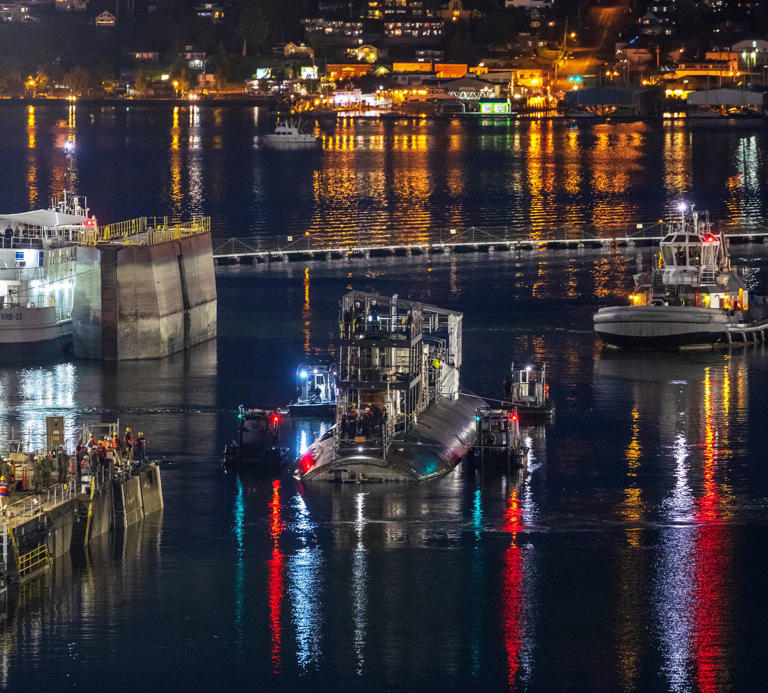
USS Connecticut (SSN 22) is docked for its Extended Docking Selected Restricted Availability July 12 at Puget Sound Naval Shipyard & Intermediate Maintenance Facility.© Provided by The Drive
USN
Even though the SSN-22 has been operational for 25 years, it is such a prized asset that the Navy is going to move forward with the fixes that will take up precious drydock space and personnel for years. At least as of November 2022, nearly 40% of the Navy's submarine fleet was sidelined in maintenance or waiting for maintenance. This is just one facet of the slow-moving crisis of lack of drydock space and personnel to effect repairs across the Navy's maintenance enterprise. This is only made worse by the service's aging fleet.
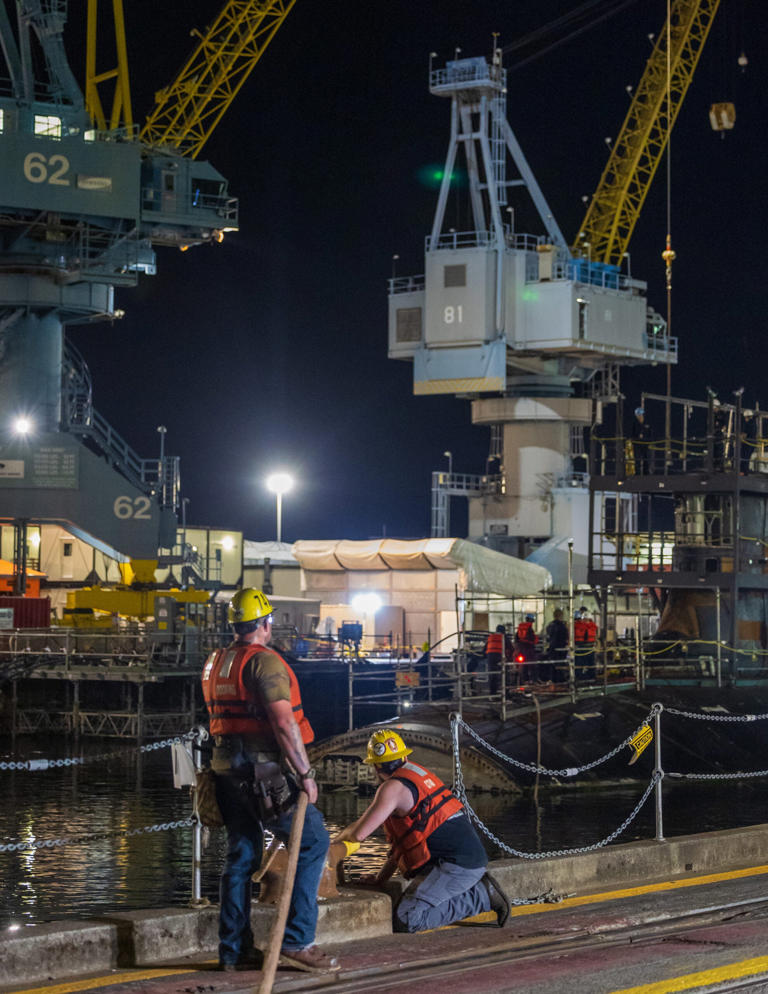
USS Connecticut (SSN 22) is docked for its Extended Docking Selected Restricted Availability July 12 at Puget Sound Naval Shipyard & Intermediate Maintenance Facility.© Provided by The Drive
So, the Navy clearly believes that repairing the Connecticut is the best option as it also comes to terms with a rapidly widening naval fleet size gap with its primary potential opponent, China. You can read about all these issues and how they are intertwined in this recent feature of ours.
Now that the Dry Dock 5 has been recertified, SSN-22 could get the TLC she desperately needs. It will be fascinating to see her reemerge from this ordeal and in exactly what configuration. With such deep work already planned to be done on the boat, other upgrades could come as well.
Contact the author: Tyler@thedrive.com





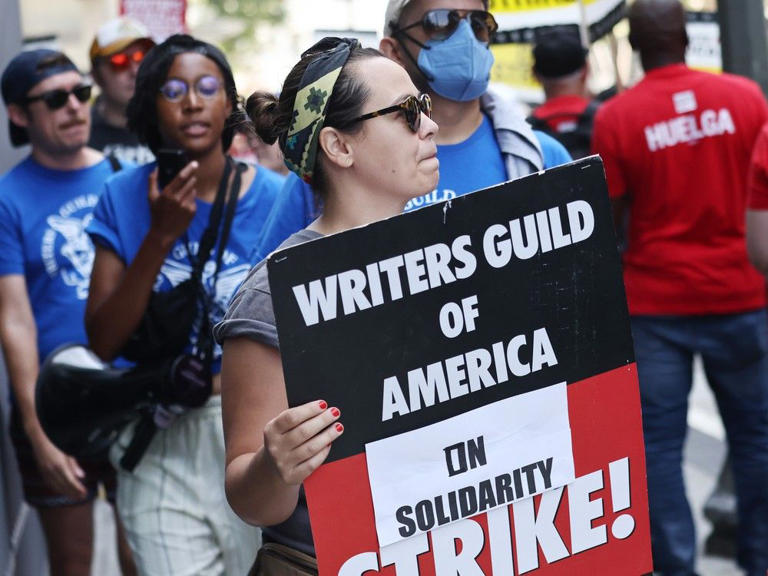

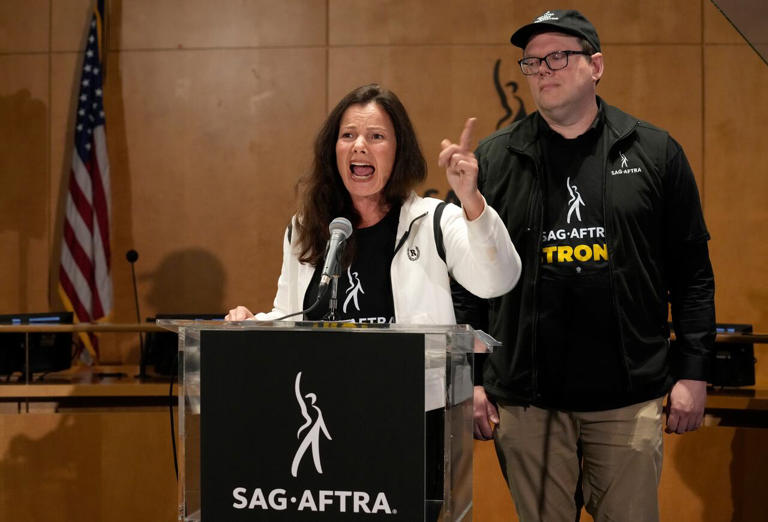

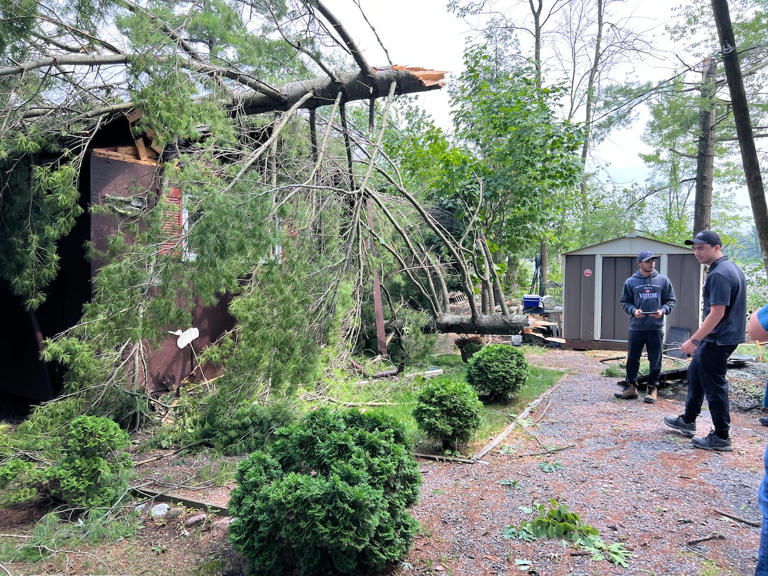
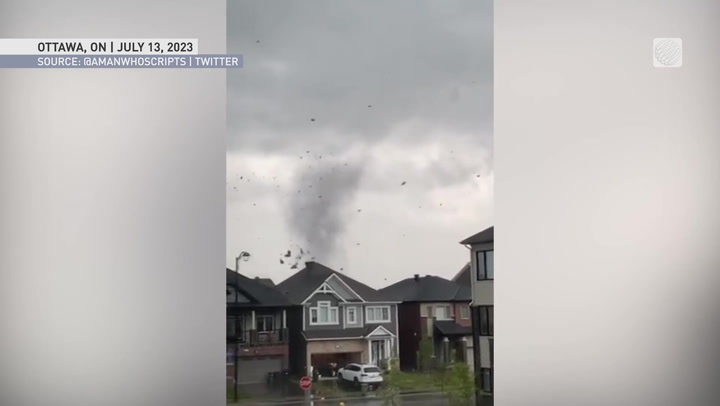

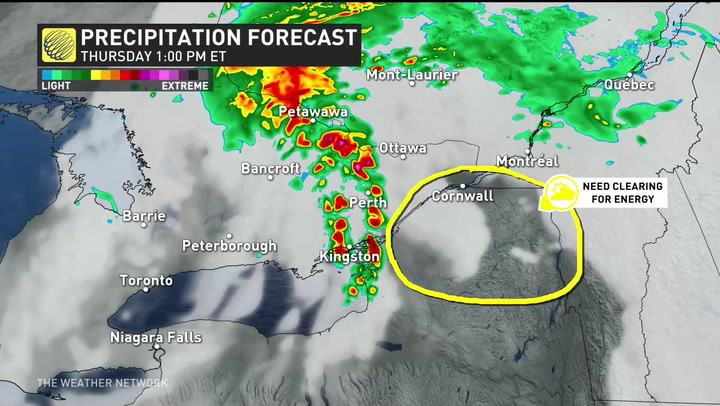
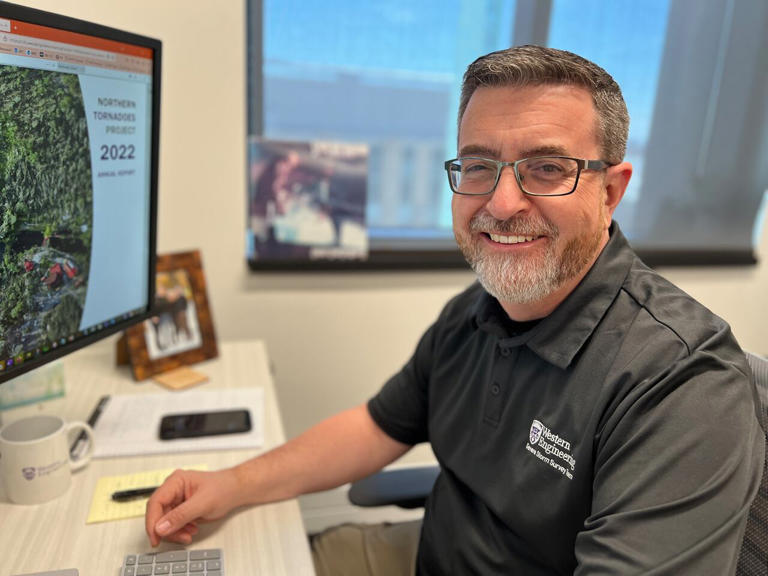
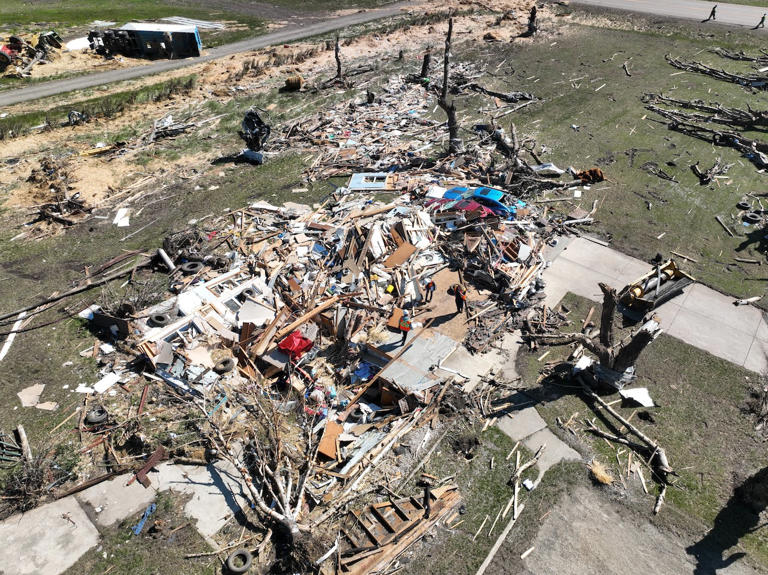
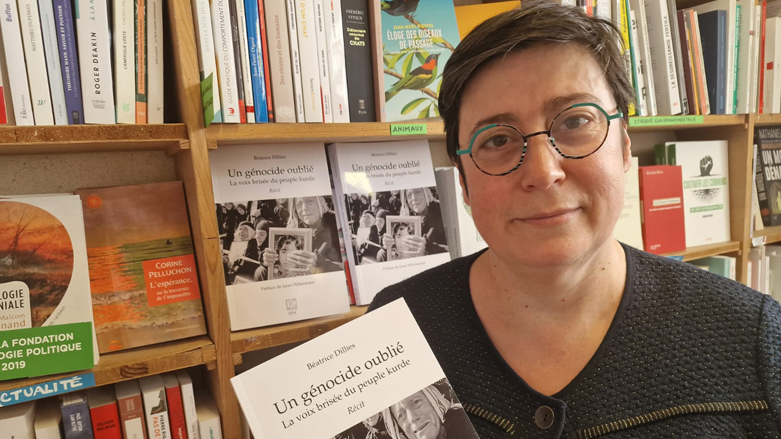
 Evin Ghazi Harris, one of the founders of the Zero Waste (Photo: Evin Ghazi/ZeroWaste)
Evin Ghazi Harris, one of the founders of the Zero Waste (Photo: Evin Ghazi/ZeroWaste)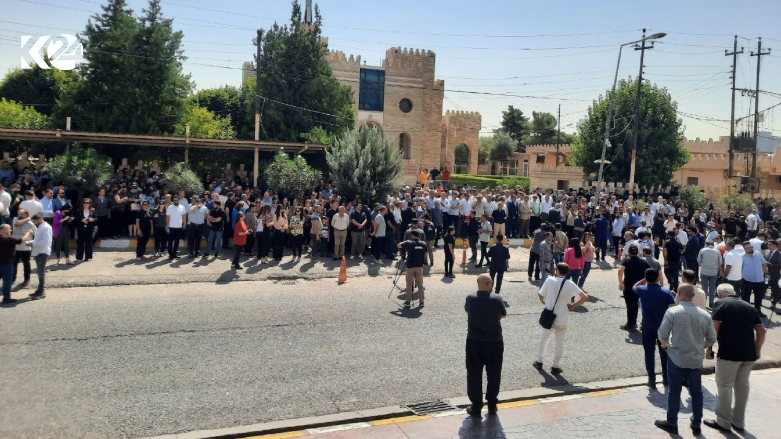
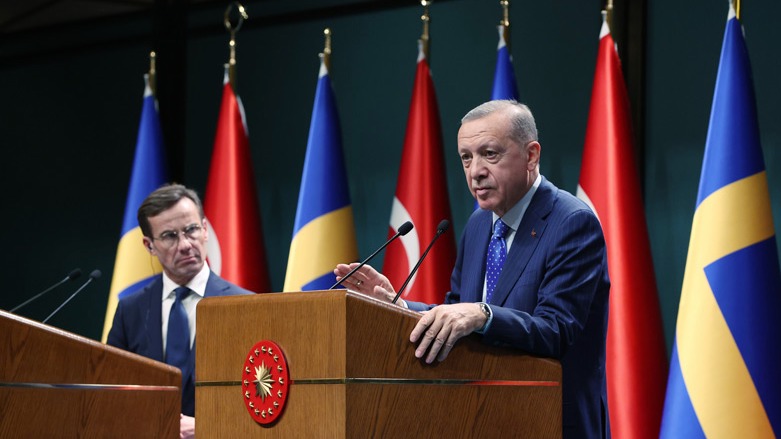 Turkish President Recep Tayyip Erdogan, left, and Sweden's Prime Minister Ulf Kristersson (Photo: Turkish Presidency)
Turkish President Recep Tayyip Erdogan, left, and Sweden's Prime Minister Ulf Kristersson (Photo: Turkish Presidency)




